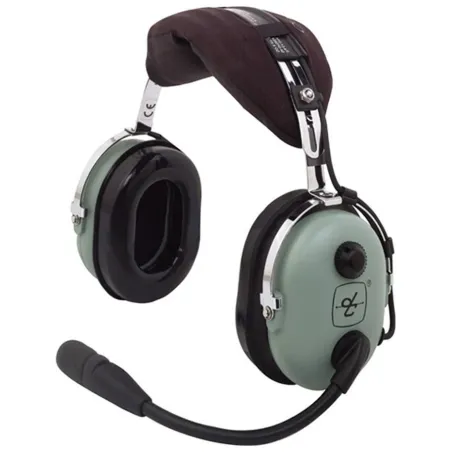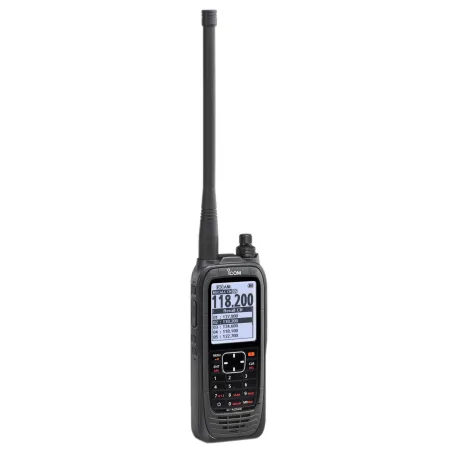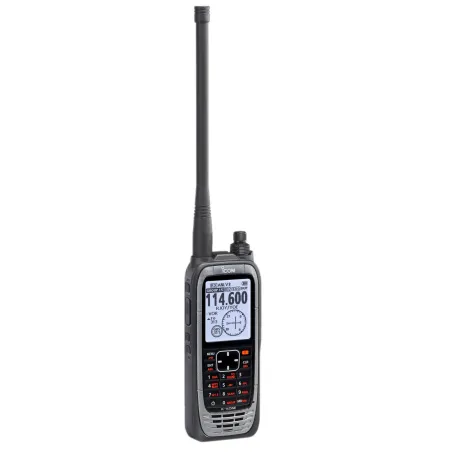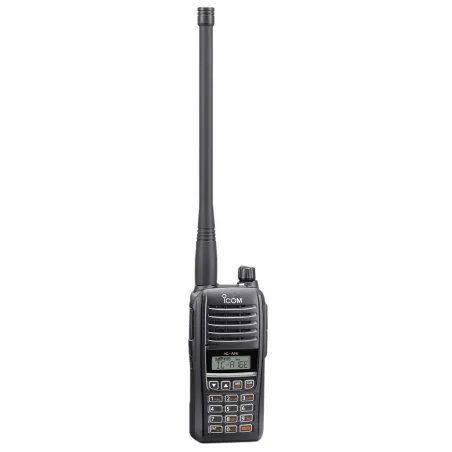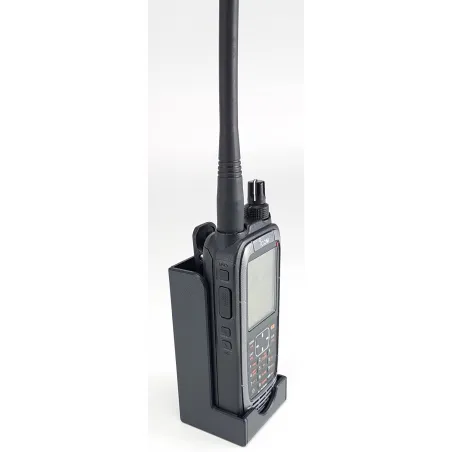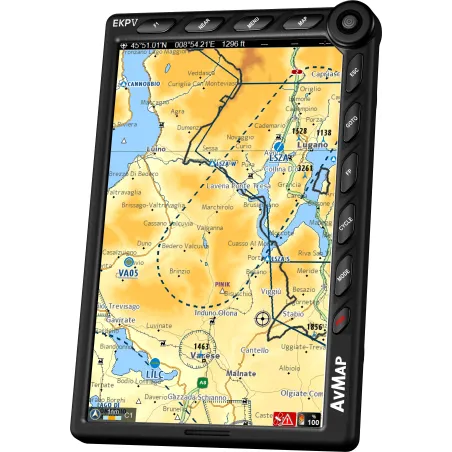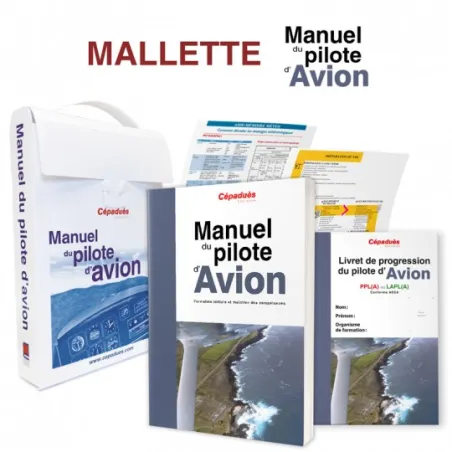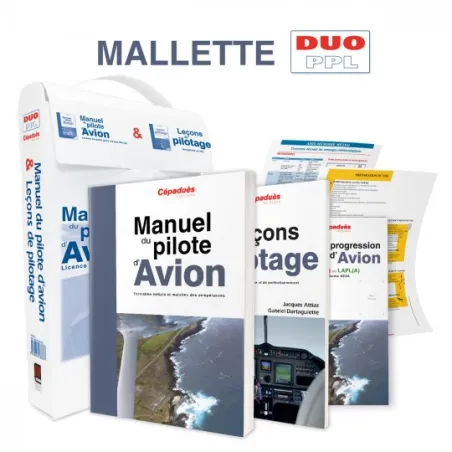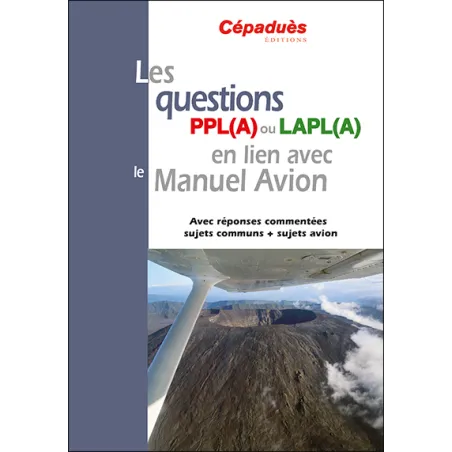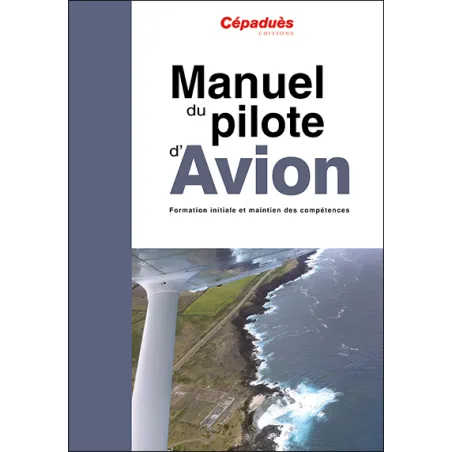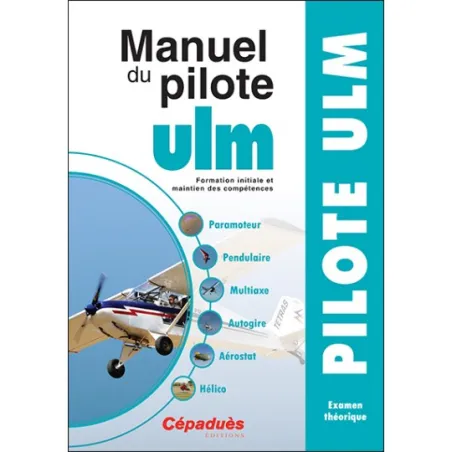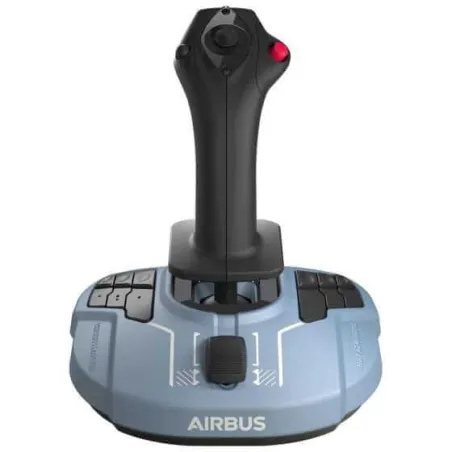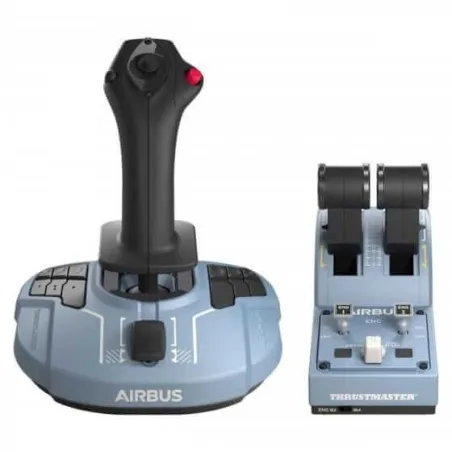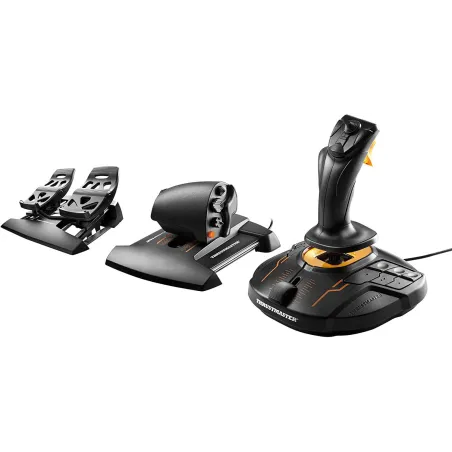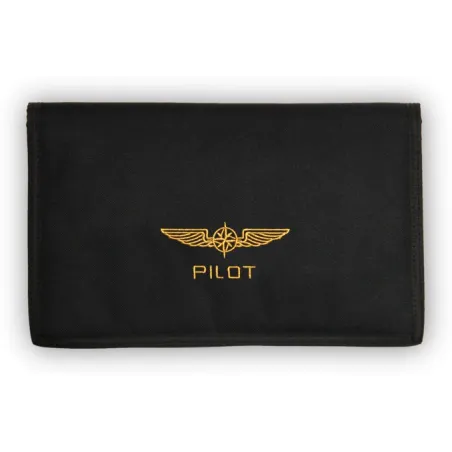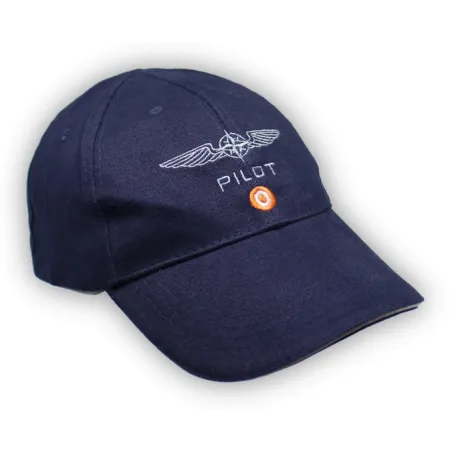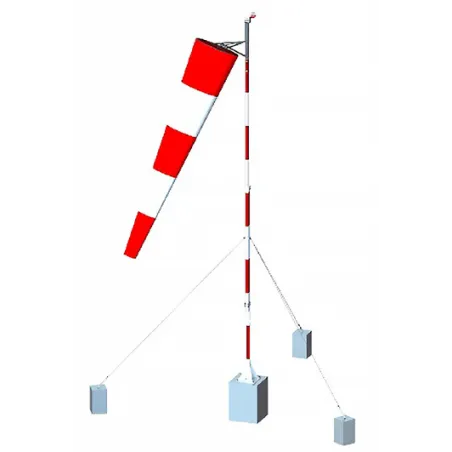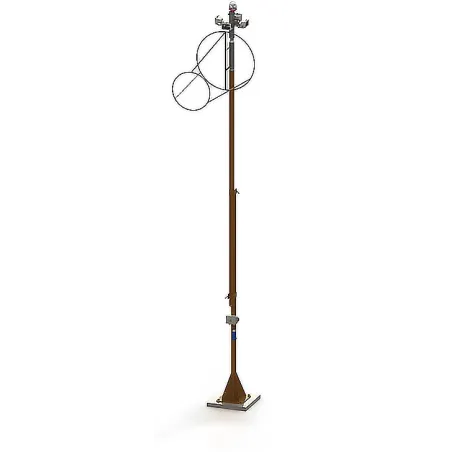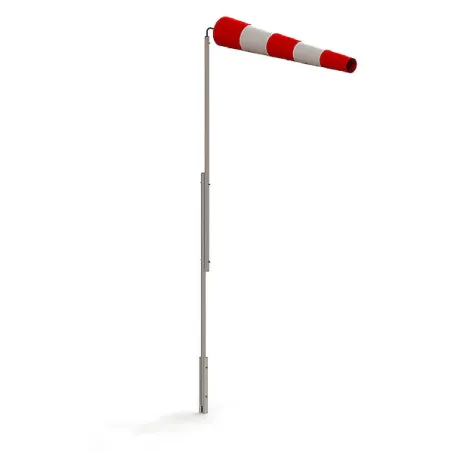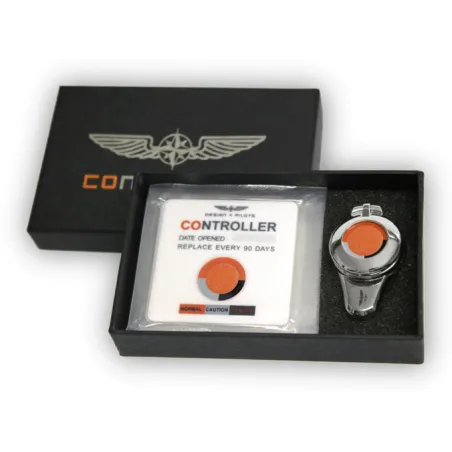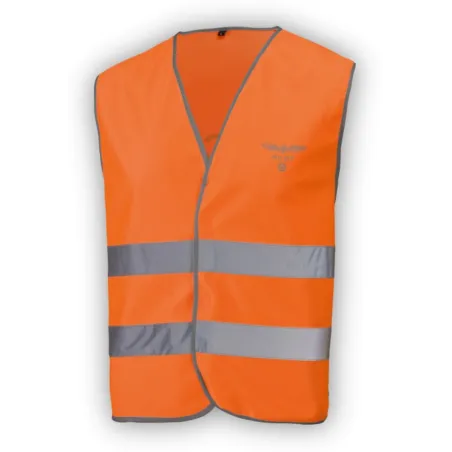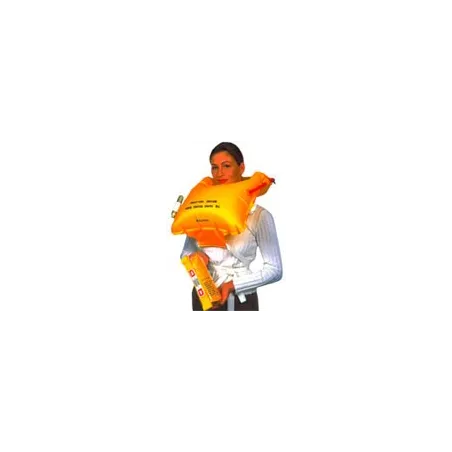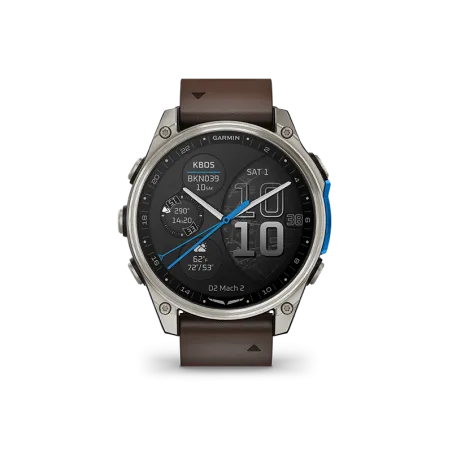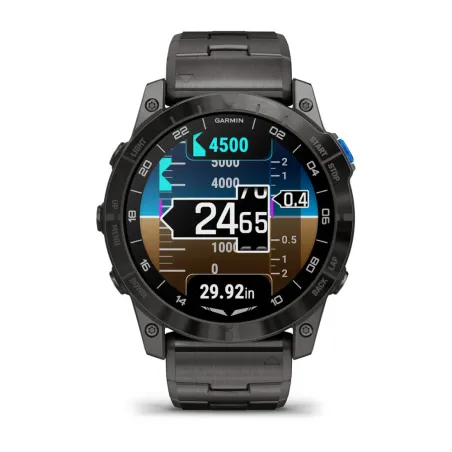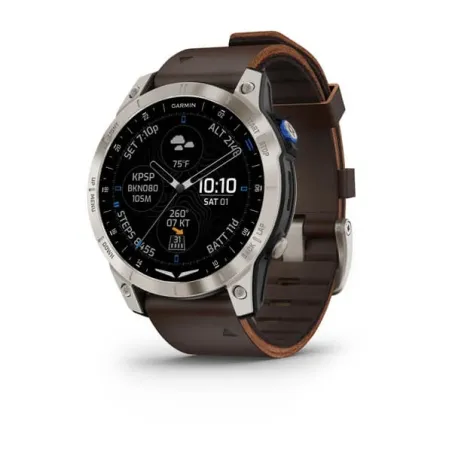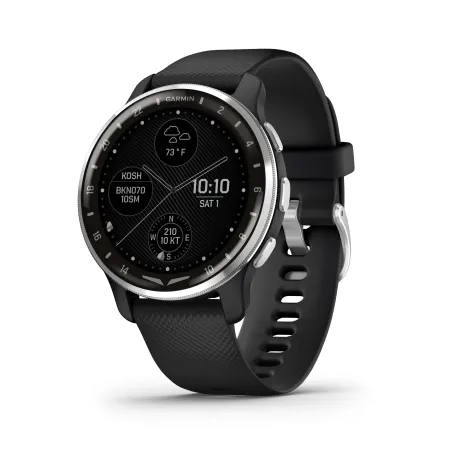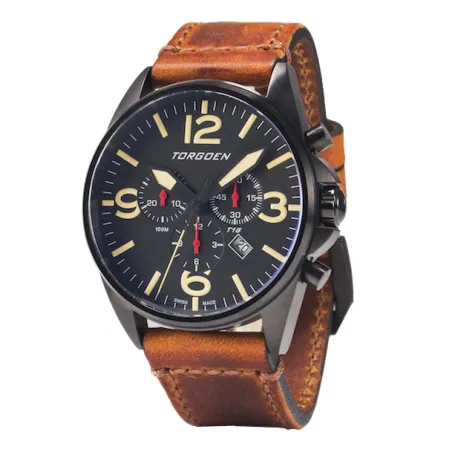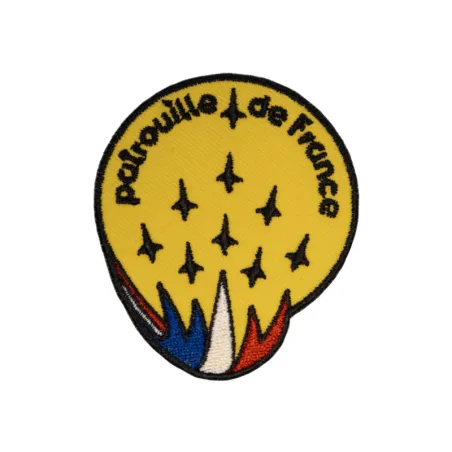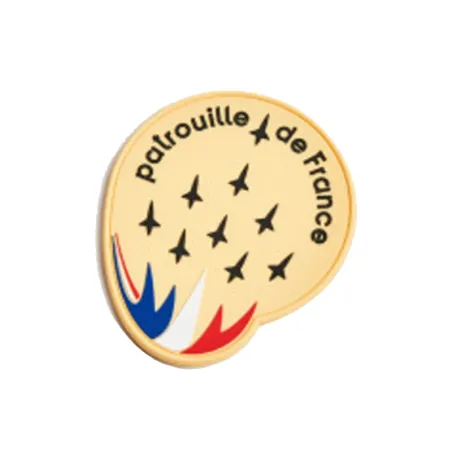Aviation headsets: what features to look for when choosing?
Categories :
Aviation headset
, BAYO
In the equipment of every pilot, the aviation headset is one of the most essential accessories. It will undoubtedly accompany you for a long time: a good reason to choose it carefully. At first glance, the item seems simple: two earcups and a microphone, all connected by a wire to your aircraft... and you are able to communicate with the control tower. But if you observe it more closely, the aviation headset has a series of features that can make a difference. Let’s break it down...
1. Headset connectivity: Are you connected?
Whether on an airplane cockpit, a helicopter, or an ultralight aircraft (ULM), you will find several types of connectors. If you always fly on the same aircraft, it is of course preferable to choose your headset's connector based on your cockpit. Is it equipped with a jack plug, double jack, Lemo, XLR with 5 pins like on Airbus, or U-174 specific to helicopters?
The connector also depends on the type of headset you want. If it’s a passive noise reduction headset, your connection will only be useful for communication. In this case, a jack or, more commonly, a double jack will suffice. Double jacks are, in fact, the most commonly used connectors.
In the case of an ANR headset, active noise reduction requires power. These headsets are designed to mainly operate on batteries, so for these models too, the double jack option is the most common. However, some rarer connectors are designed to simultaneously allow communications and power supply, which can save your batteries. This is the case with cables equipped for LEMO connectors (more common in military aviation) or XLR (such as XLR 5 or "Airbus connector").
For professional pilots, in particular, BOSE is the only brand that has designed a line of aviation headsets that work with a variety of cable types. With the Bose A20, you simply switch the cable to switch from double jack to LEMO or U-174 connector. On its side, Telex Aviation offers a range designed for professional pilots with Airbus XLR5 connectivity: the Telex Airman 8.
The headset you’ve chosen does not offer the connector suited to your aircraft? Adapters are available, and you’ll find them in the chargers and adapters section of our online store, allowing you to use your aviation headset on different types of aircraft. With an adapter, for example, you can use your aviation headset with a standard aircraft connector (double jack) on a helicopter with a U-174 connector. However, keep in mind that if an adapter allows you to plug your LEMO or XLR cable into a double jack, you lose the ability to power active noise reduction. Don’t forget to check your battery stock!
2. Technologies: What do you hear in the headset?
In an airplane, several sound sources can reach (or not reach) your ears. The aviation headset’s function is to allow you to communicate remotely, but also to select which sources you want to prioritize or block.
The most dominant sound being that of your airplane, your headset is obviously a tool to reduce this noise. How much? Depending on whether you need to listen to your engine to pilot or protect yourself from the noise, you’ll choose a passive noise reduction headset – the simplest – or an ANR headset (active noise reduction). We explain everything about what distinguishes them here. If you opt for ANR technology, we recommend, for example, the very chic Bose A20, which you can explore in detail in this video.
Finally, if between two communications you want to listen to music and make calls, you’ll need a headset that can connect simultaneously to a third source: your mobile phone. In other words, integrating Bluetooth. An example? Try the Zulu 3.
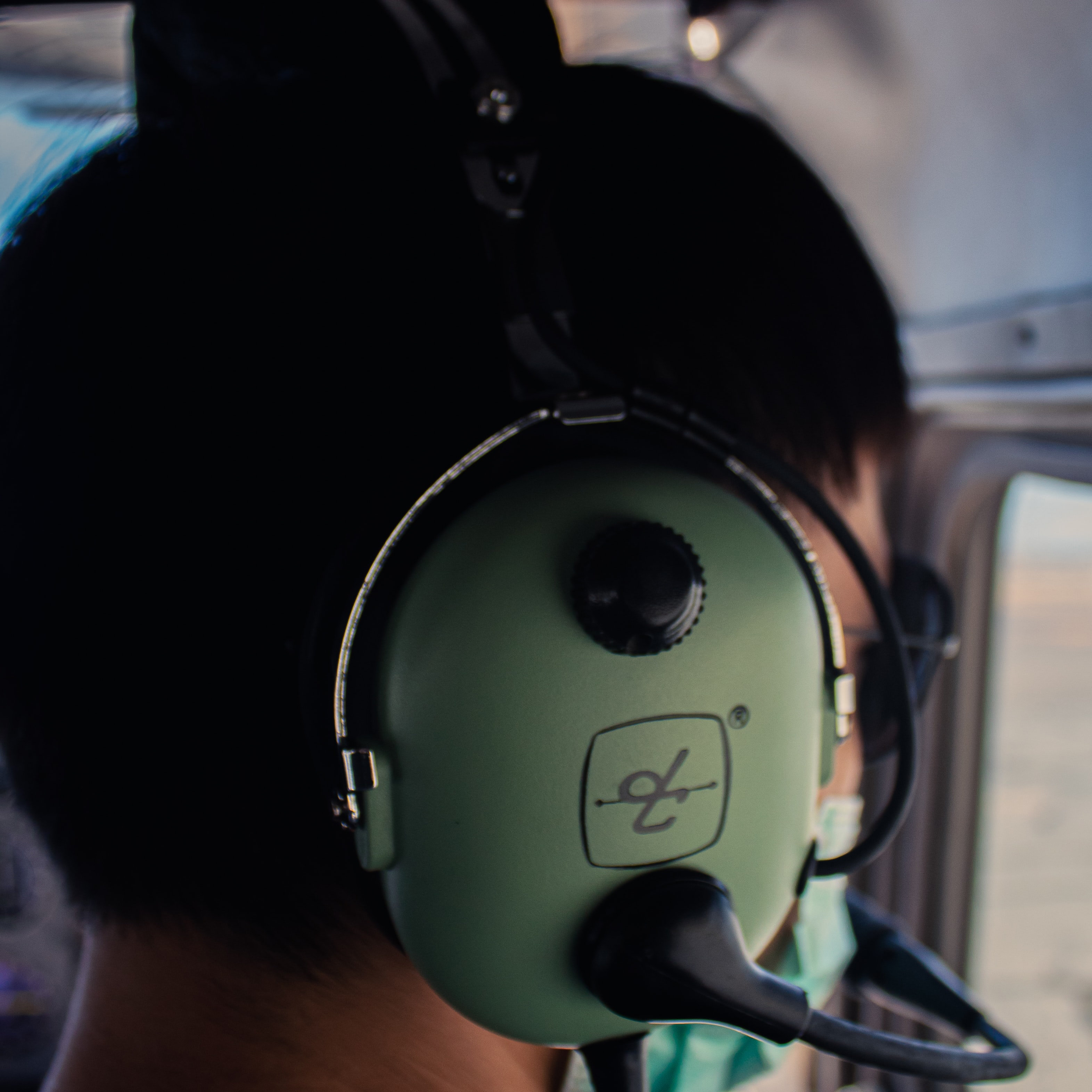 3. Comfort: The best of aviation headsets
3. Comfort: The best of aviation headsets
It’s not just a matter of style or luxury, but also of comfort: while this depends on the sound quality of your accessory, the choice of materials must also be considered.
For the earcups, you’ll have the choice between leather or plastic on the outside, and foam or gel inside. As much as possible, prefer natural materials to synthetic ones. Plastic can cause more sweating and can end up being quite uncomfortable.
The frame also offers the choice of different materials: steel or plastic, with weight being a determining factor. This headband is also more or less wide. Make sure the band adapts to the shape of your head and, of course, that it fits well. Its comfort is also enhanced by a cushion, which can vary in size and shape. Some manufacturers have provided the possibility of replacing it. This is the case, for example, with the H10-13.4 from David Clark, for which you can re-equip.
All these details will likely also need to be considered based on your budget and the lifespan you expect for this flying companion. A little tip: on the Bayo online store, you have a filtering function with 14 selection criteria: a true headset comparison tool that will greatly simplify your choice!
4. Warranty and certification of the aviation headset: To make the enjoyment last...
Did you mention lifespan? Indeed, to ensure it’s not too short, make sure to check the warranty provided by the manufacturer. This is not a minor detail, as the duration can vary significantly depending on the brand and model. The headsets we offer all come with a minimum 3-year warranty. It can go up to 7 years for the Zulu 3: you can count on its durability!
Moreover, before buying, also think about the warranty to obtain additional accessories for the products. Some suppliers are better equipped than others or renew their ranges more or less quickly.
Certification is another way to ensure the reliability of your headset. While it’s not essential for amateur pilots, it may be for professionals. Indeed, some airlines will only allow you to use your own equipment if it’s certified, notably through the ETSO (European Technical Standard Order) authorization, the most recognized.
In any case, certification can at least reassure you about the strength of the accessory. Most high-end headsets, notably, are stamped with it.
Its role? It guarantees that a part or device meets a minimum performance standard. Drop, water, heat, repeated movements… Discover in this video how Bose headsets are tested for certification. After such treatment, you can fly with peace of mind: your headset is ready to face anything!
You now have all the information to examine aviation headsets from every angle. Perhaps it’s time to browse the Bayo online store. Ultra-light or sturdy, tight budget or luxury, stylish or high-performance… you will certainly find your happiness.
Share this content
Please log in to rate this article






